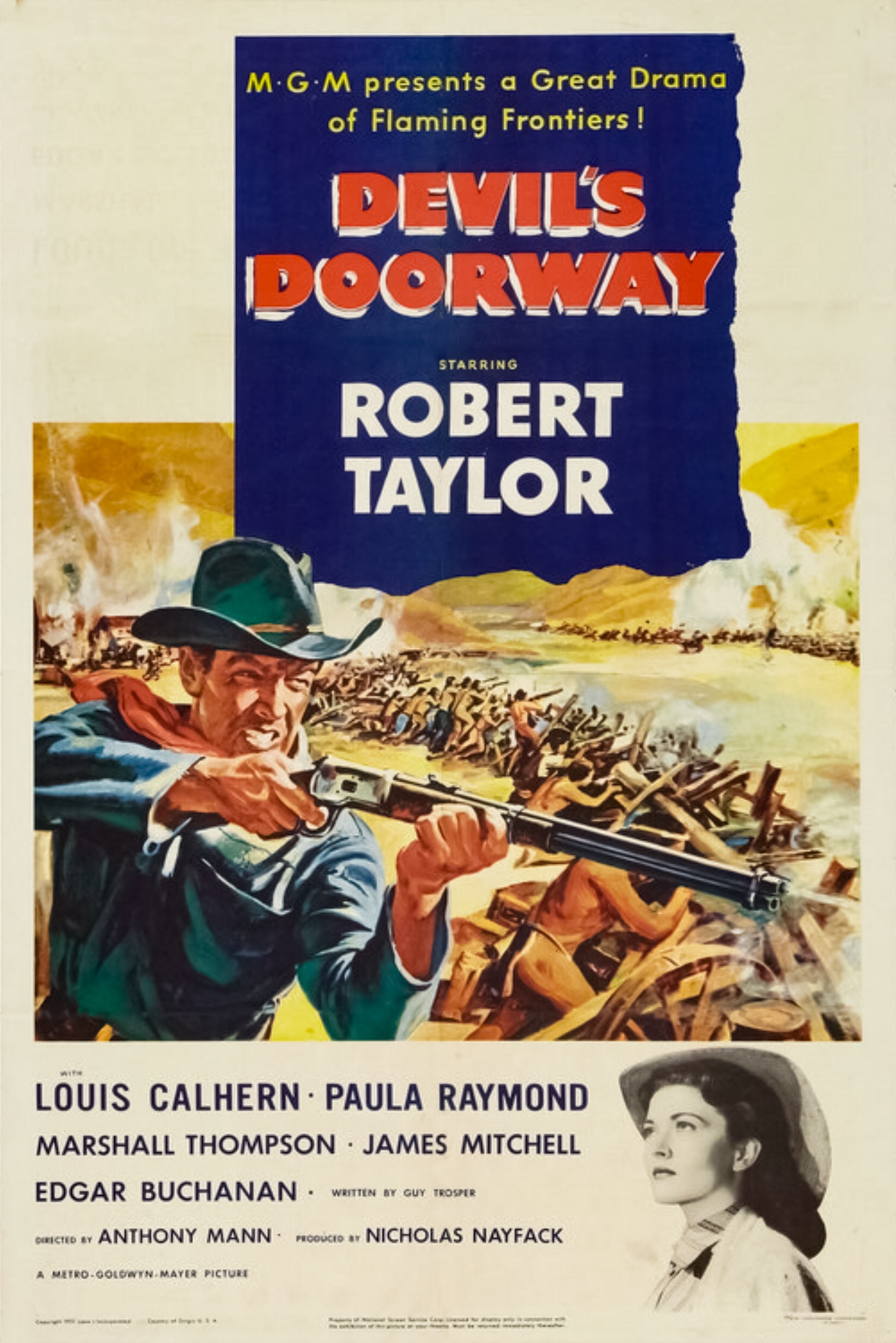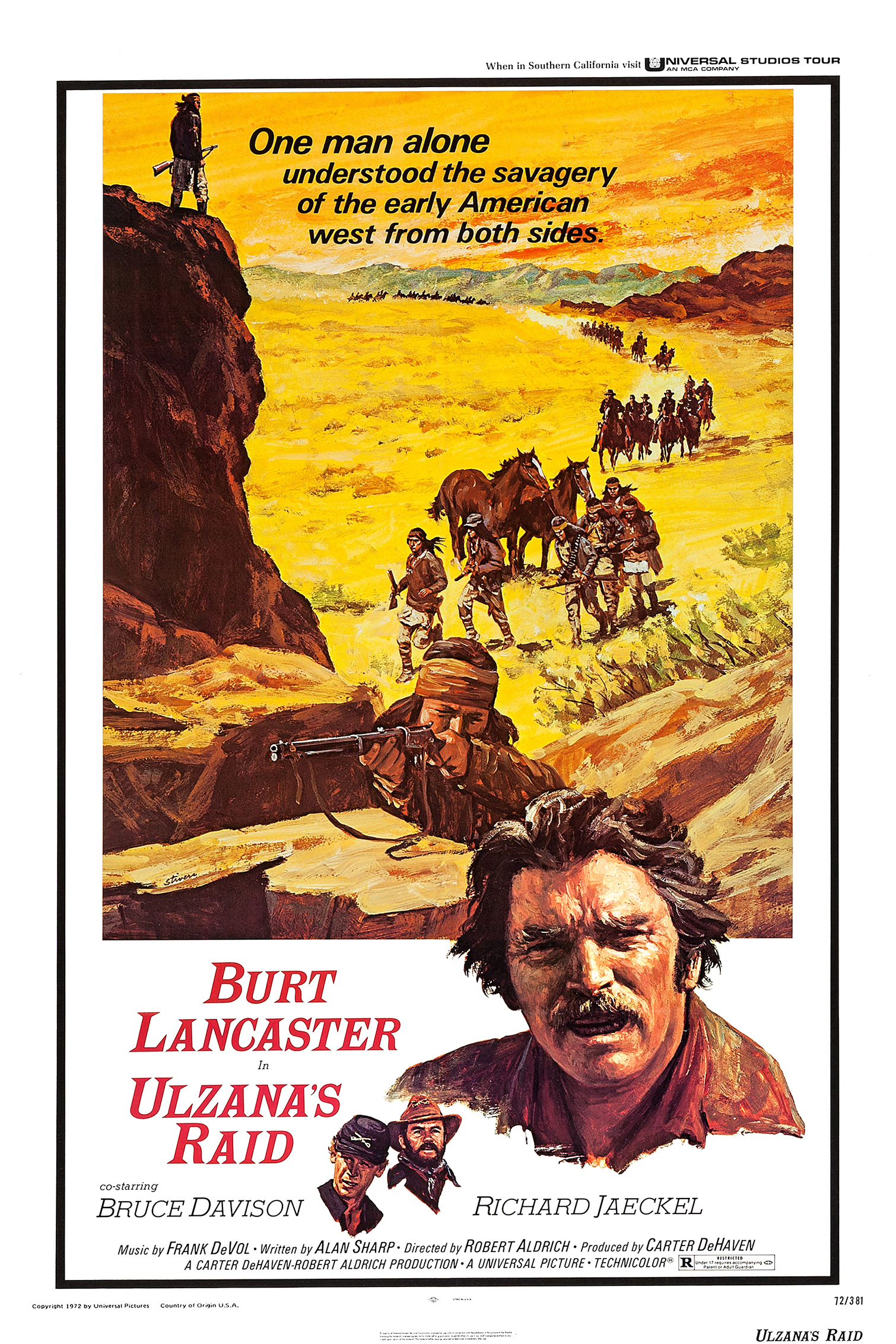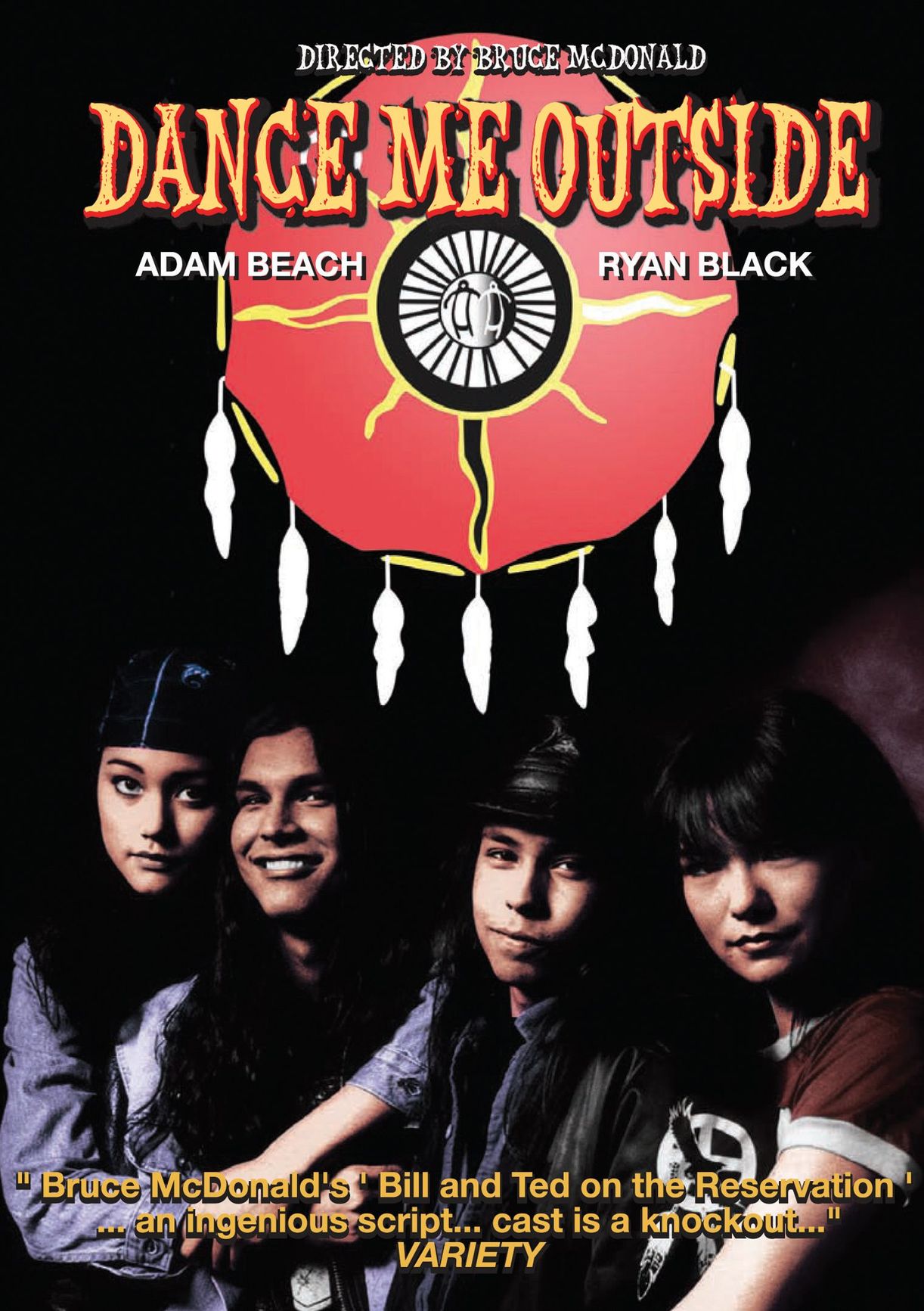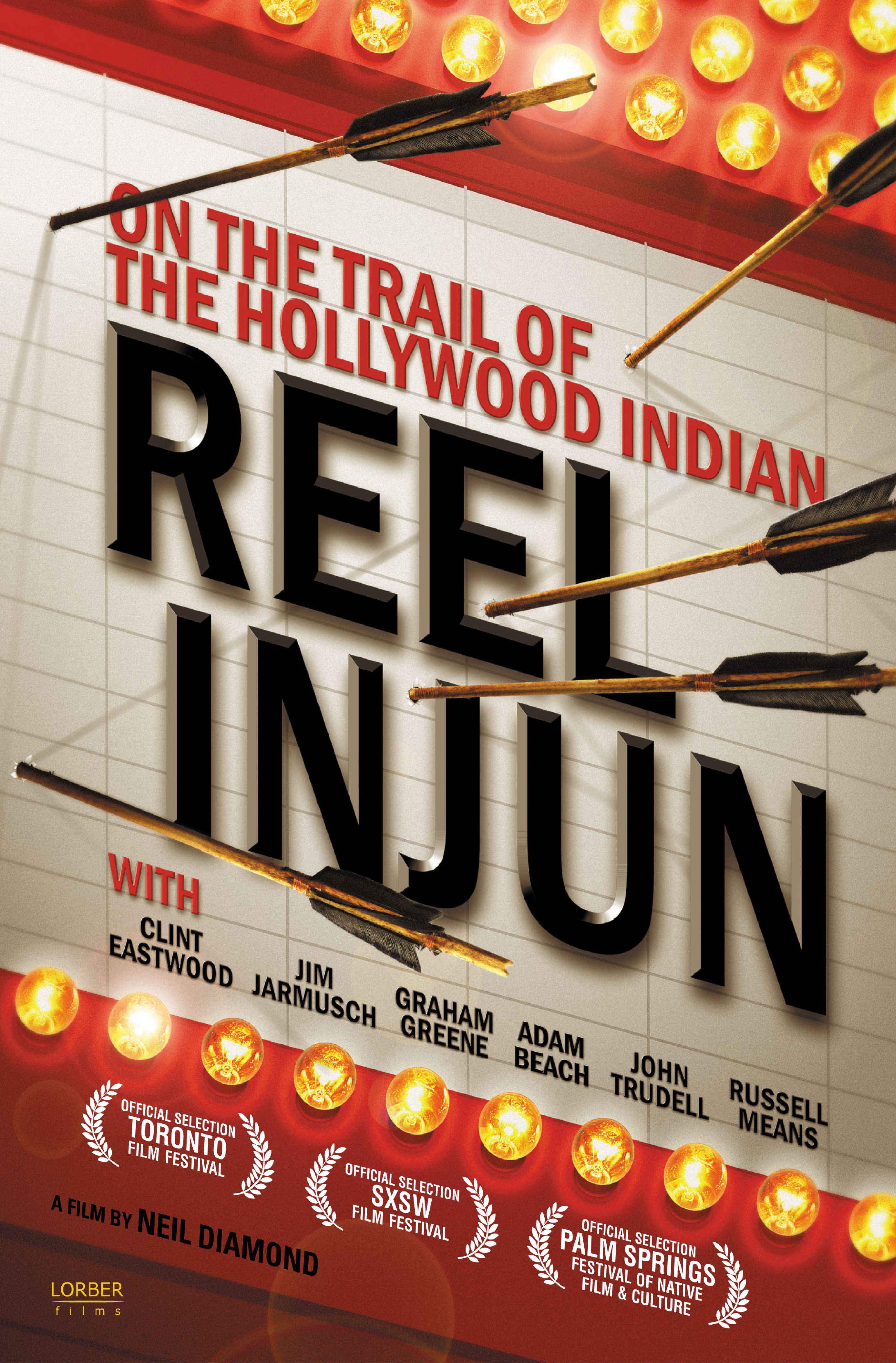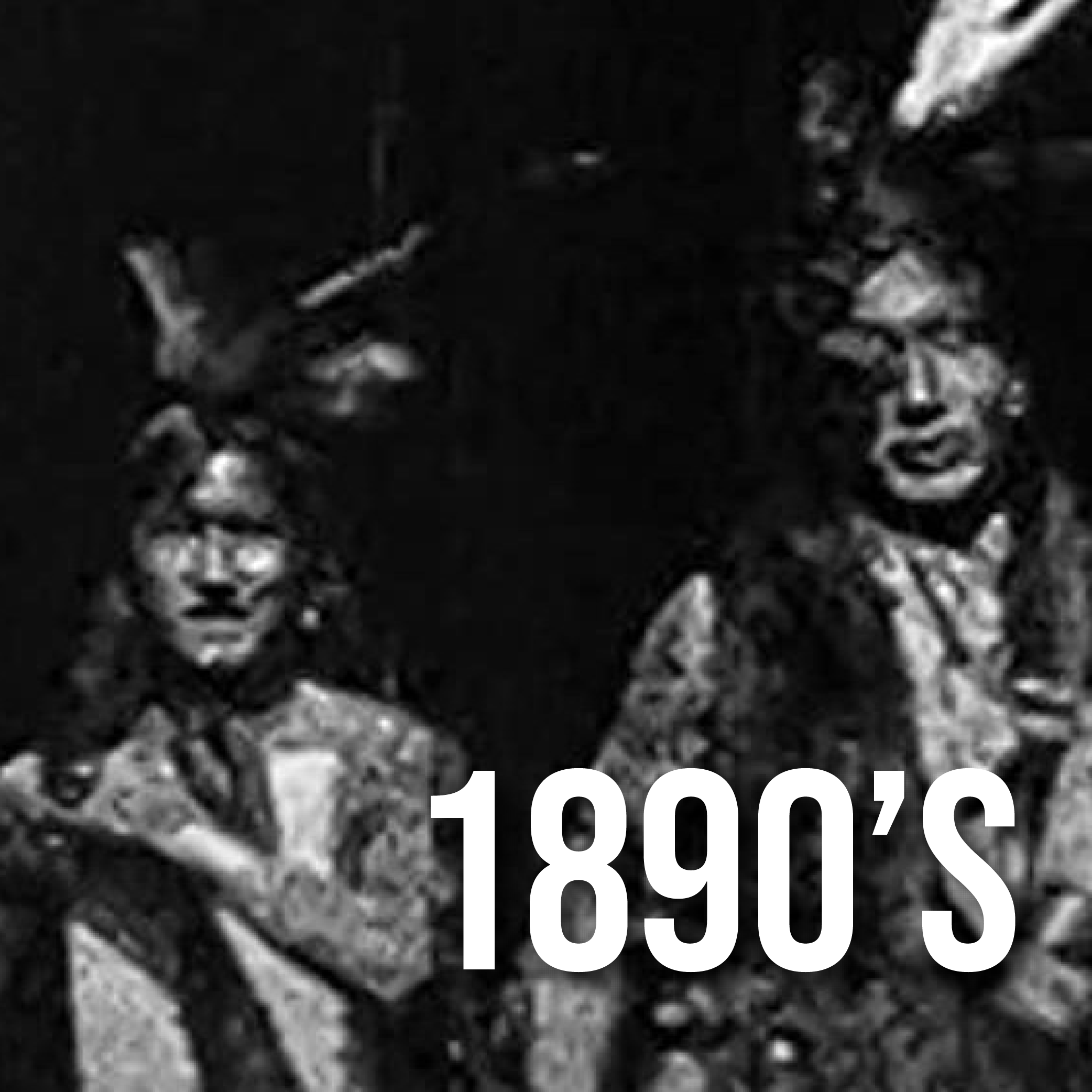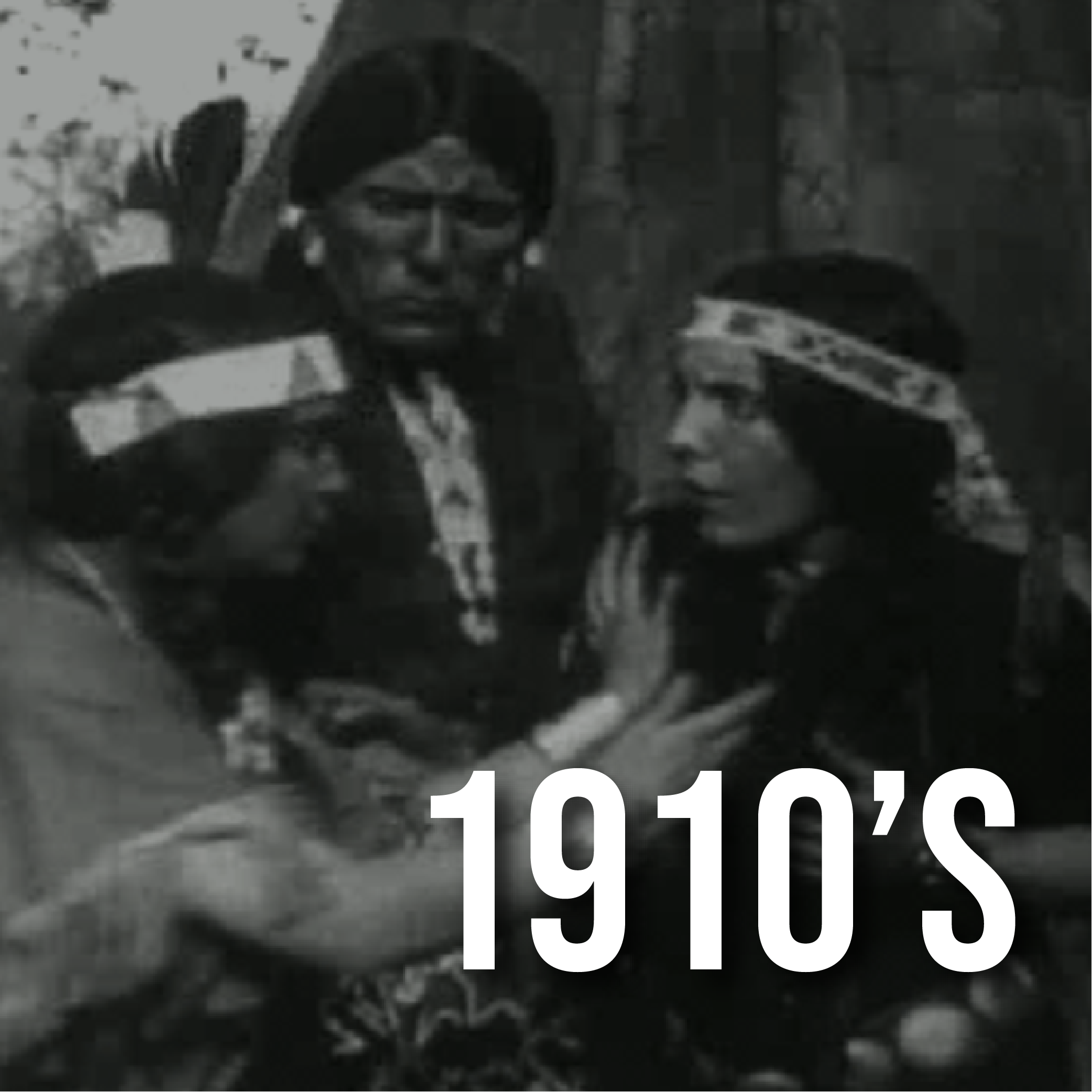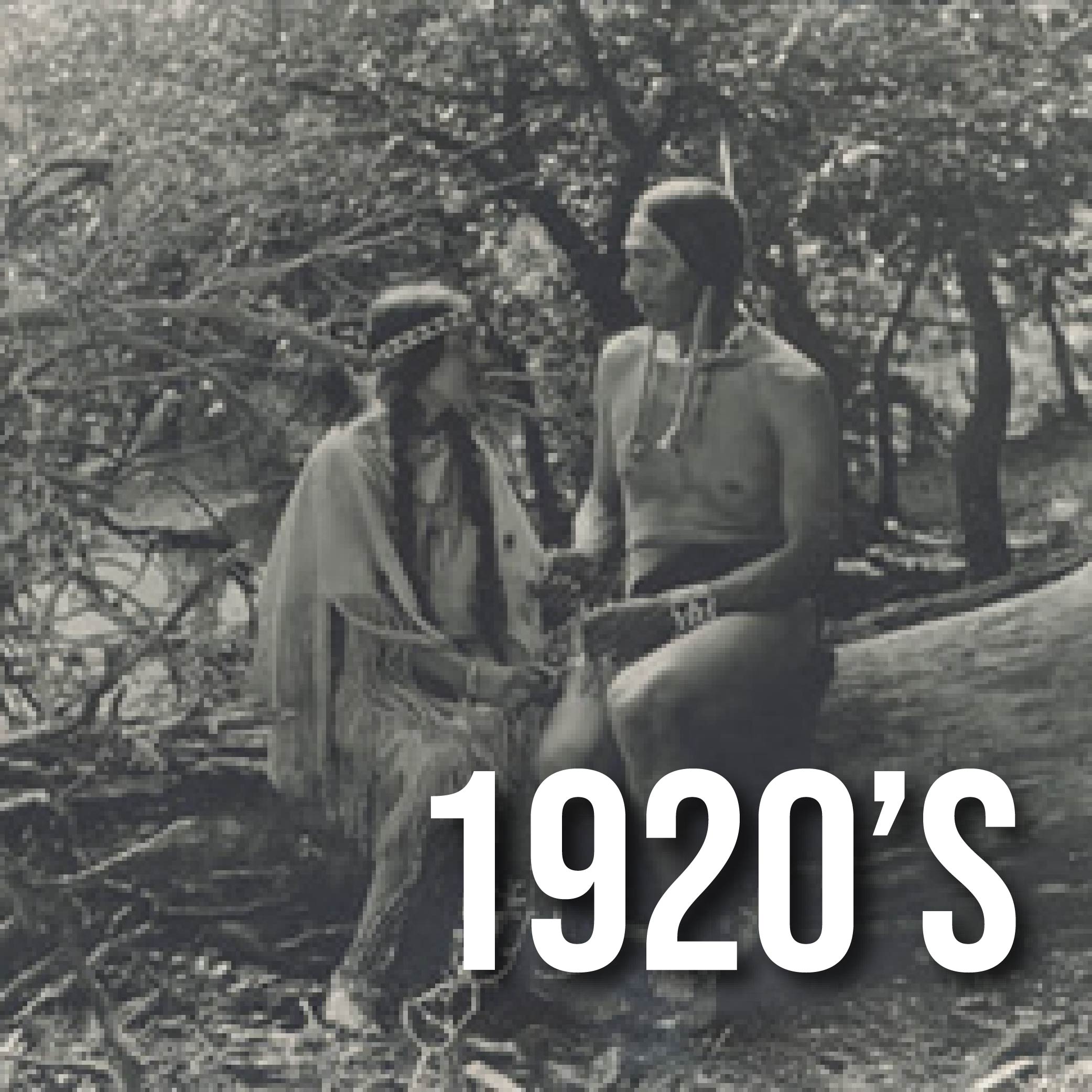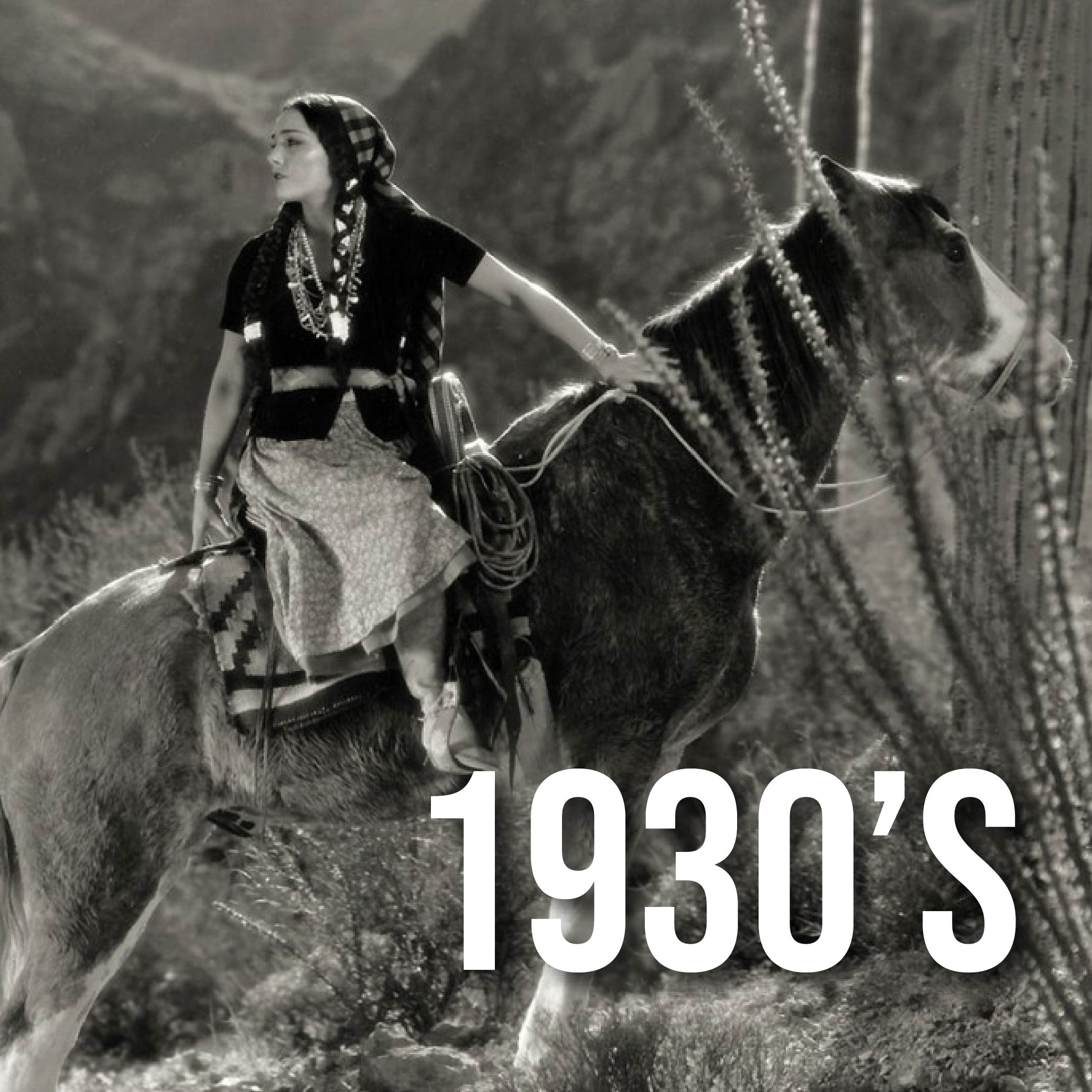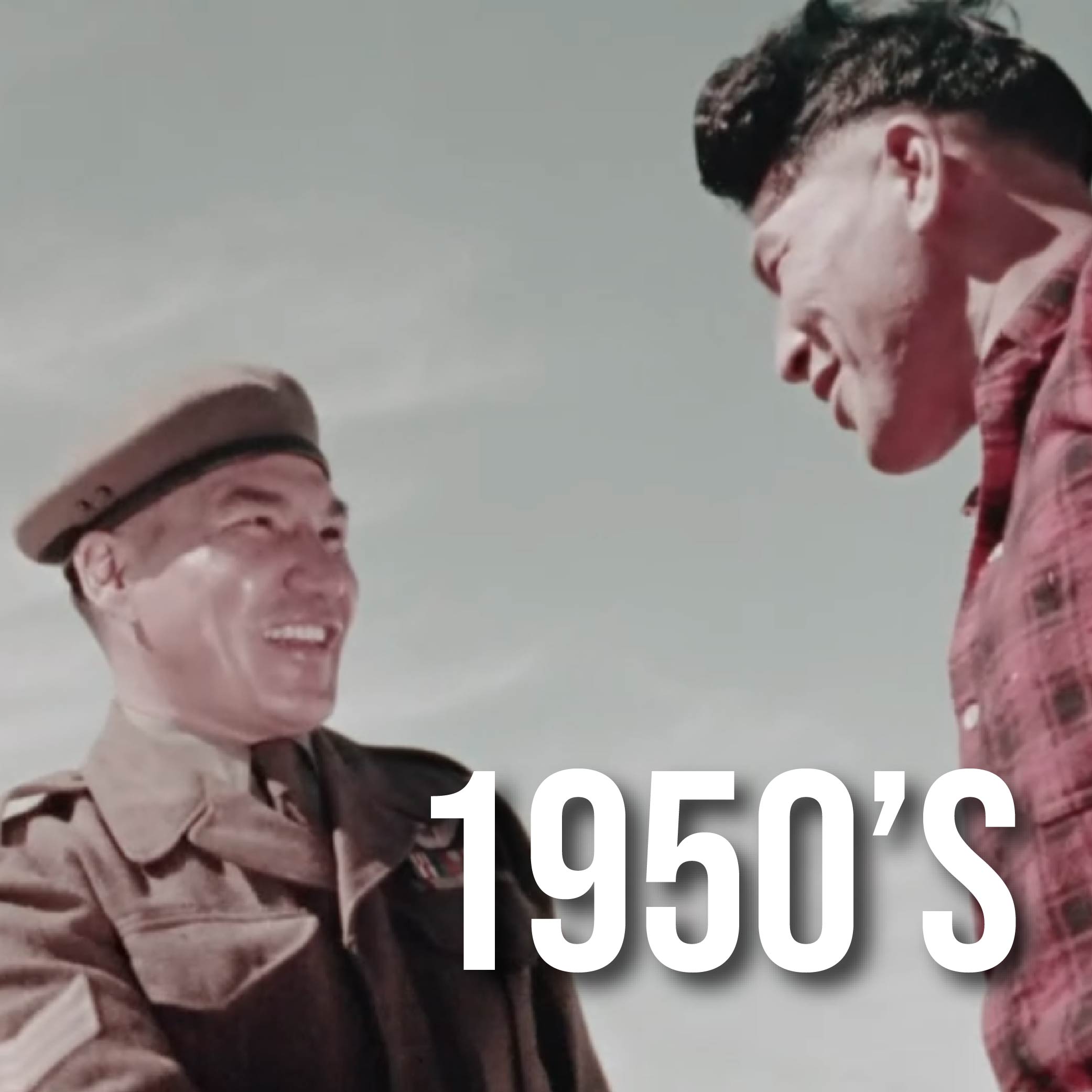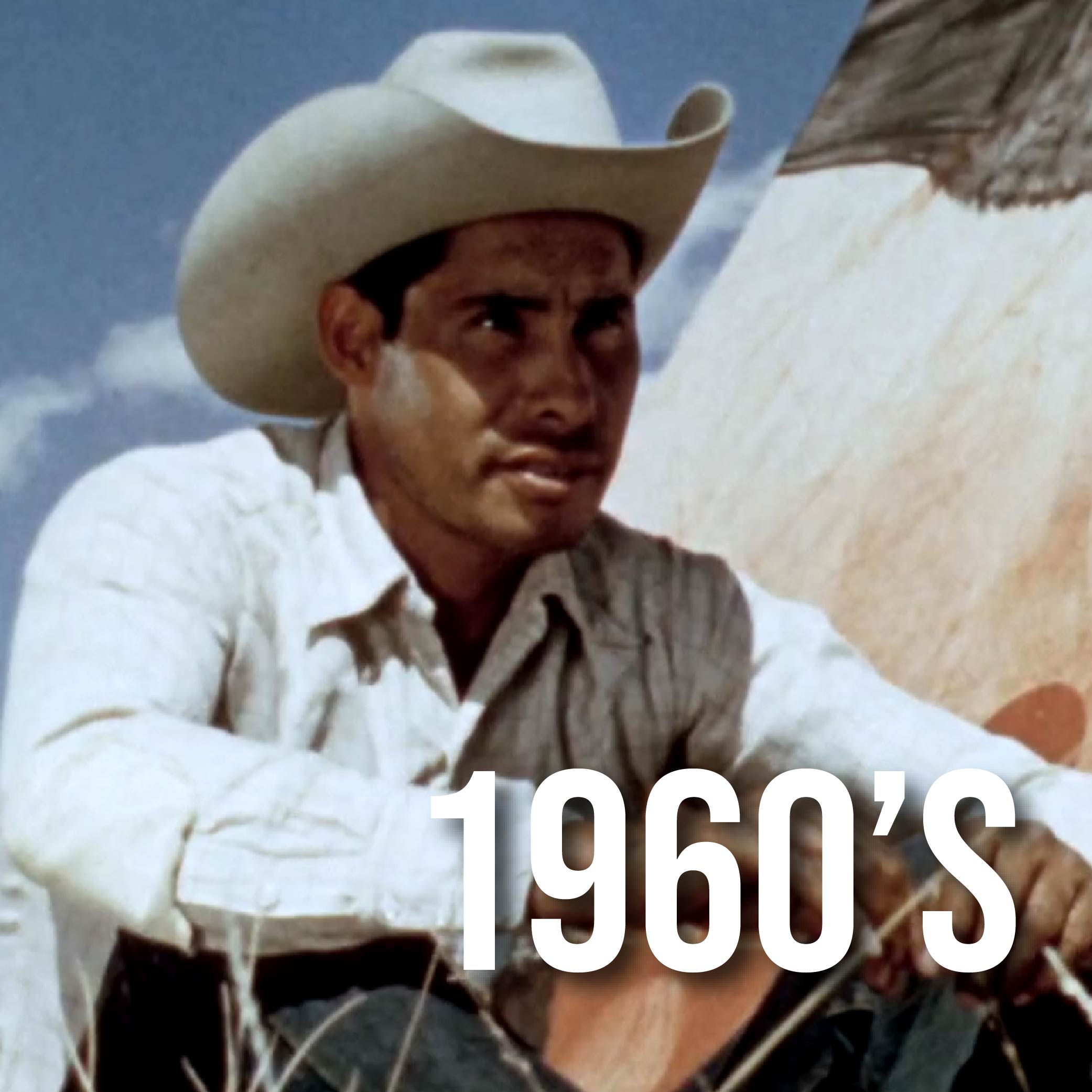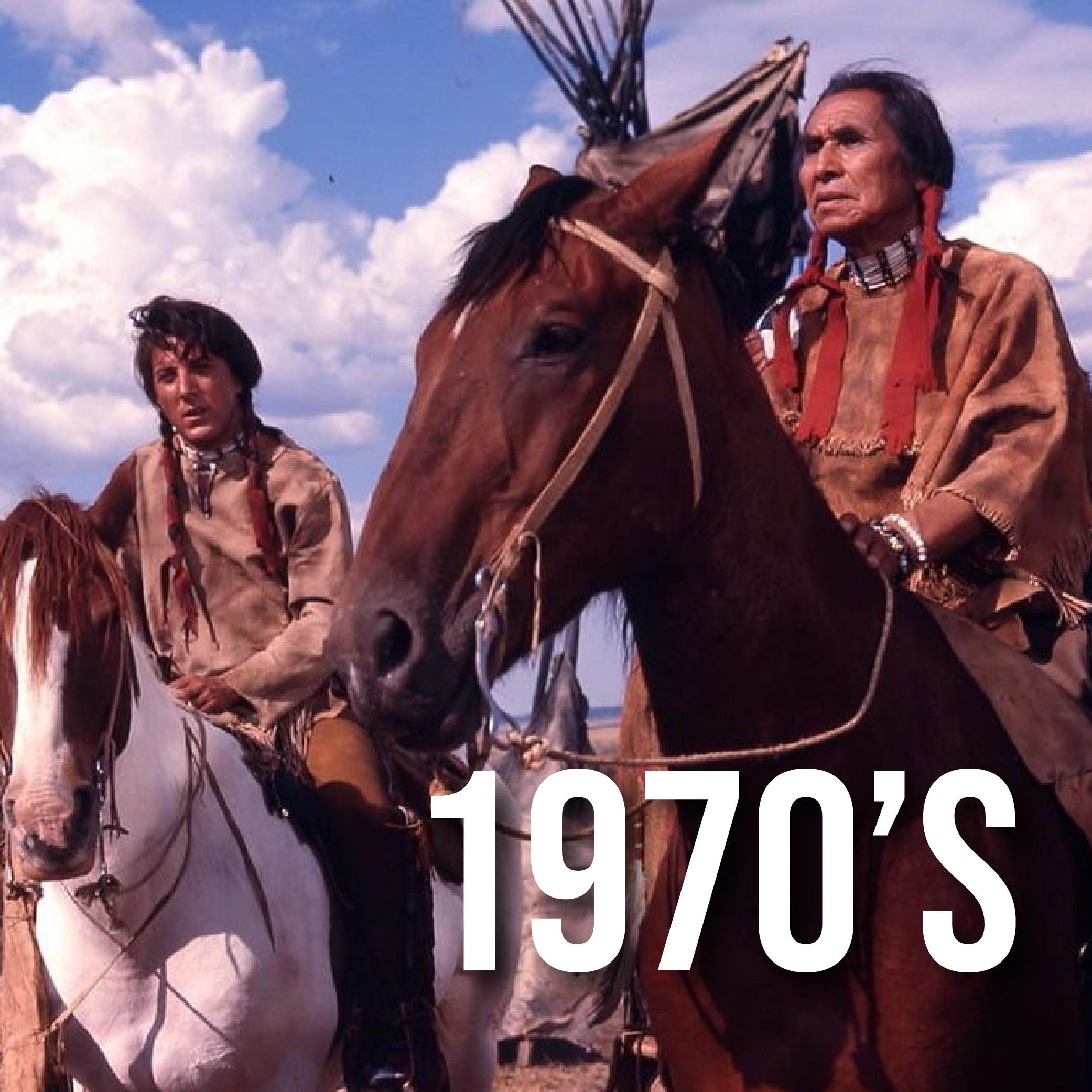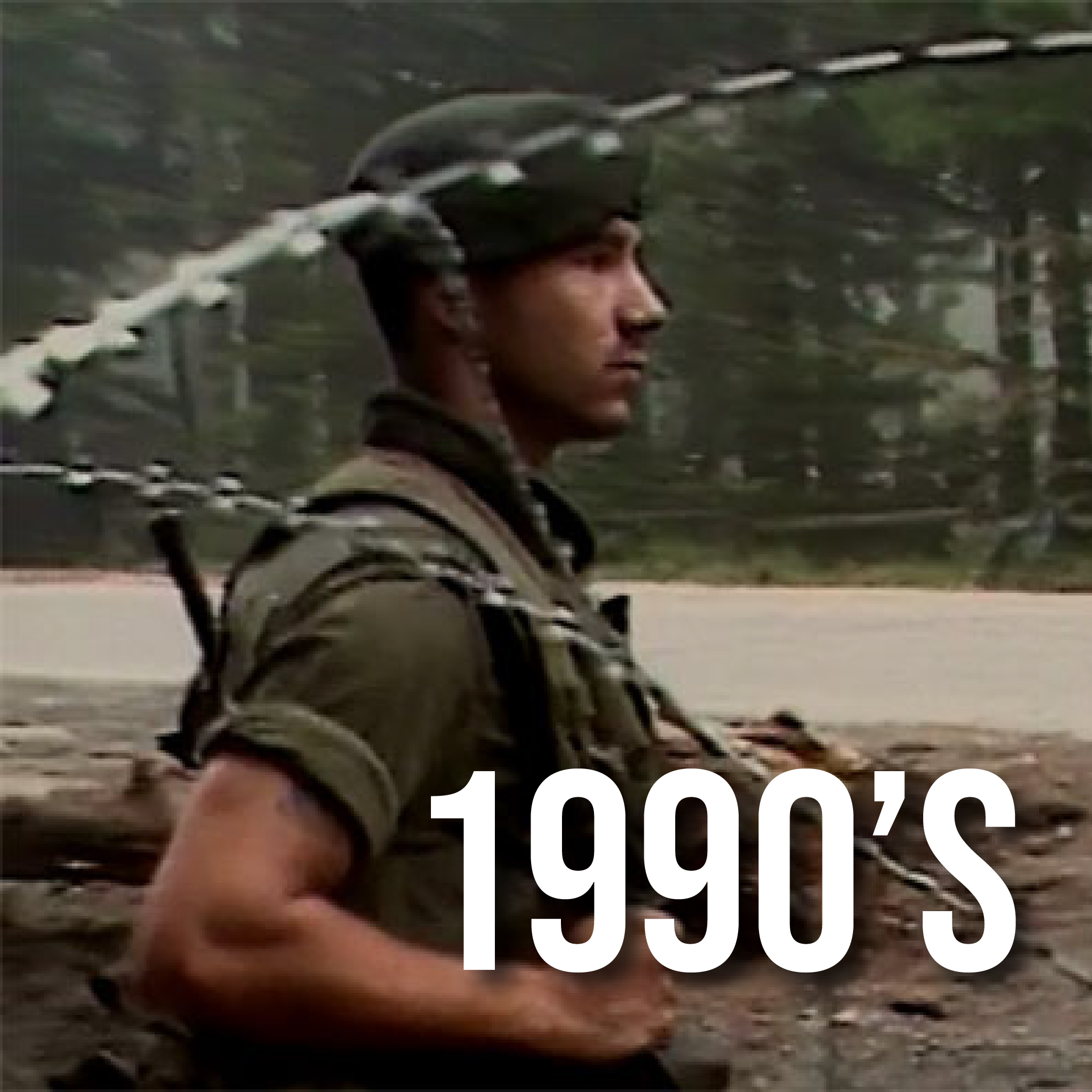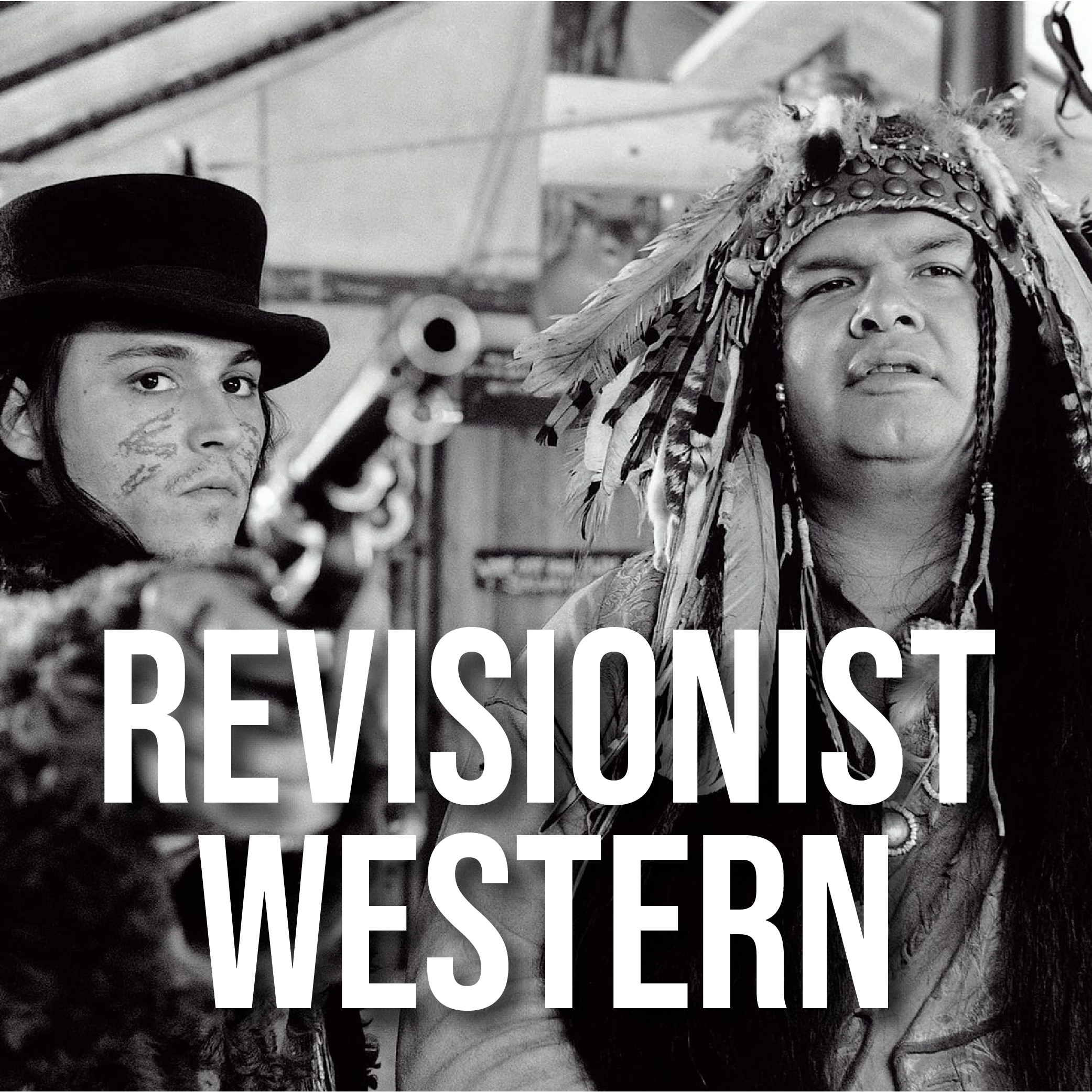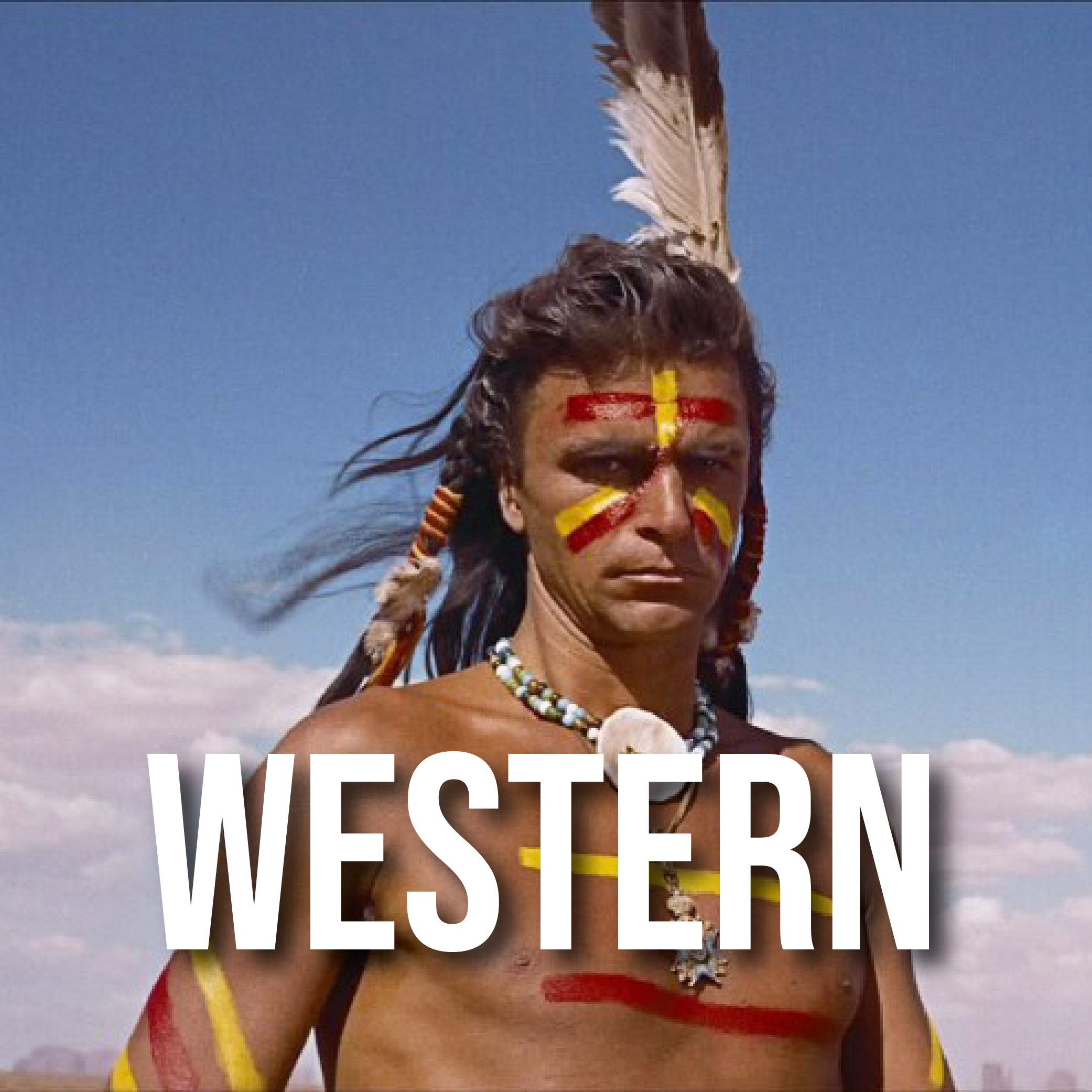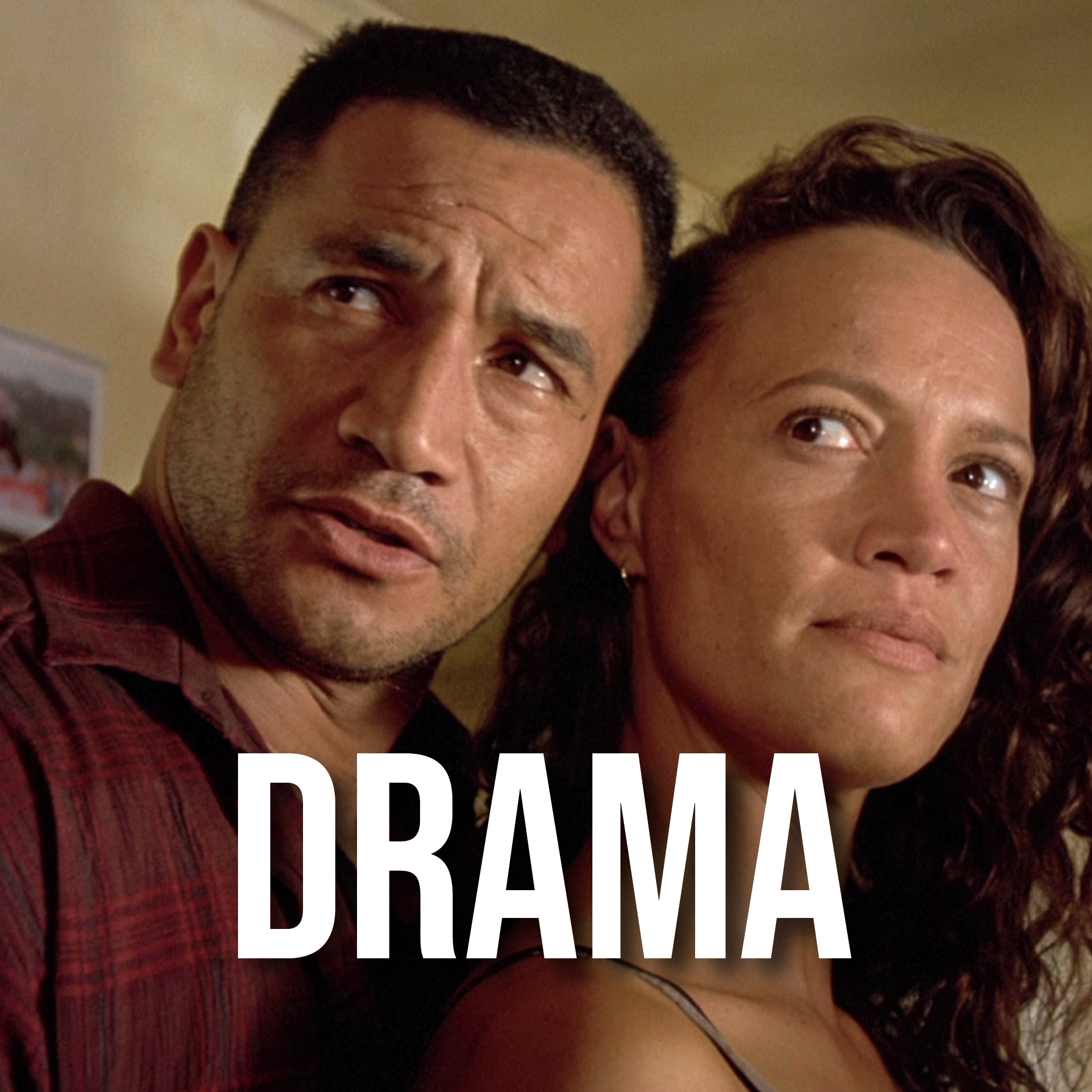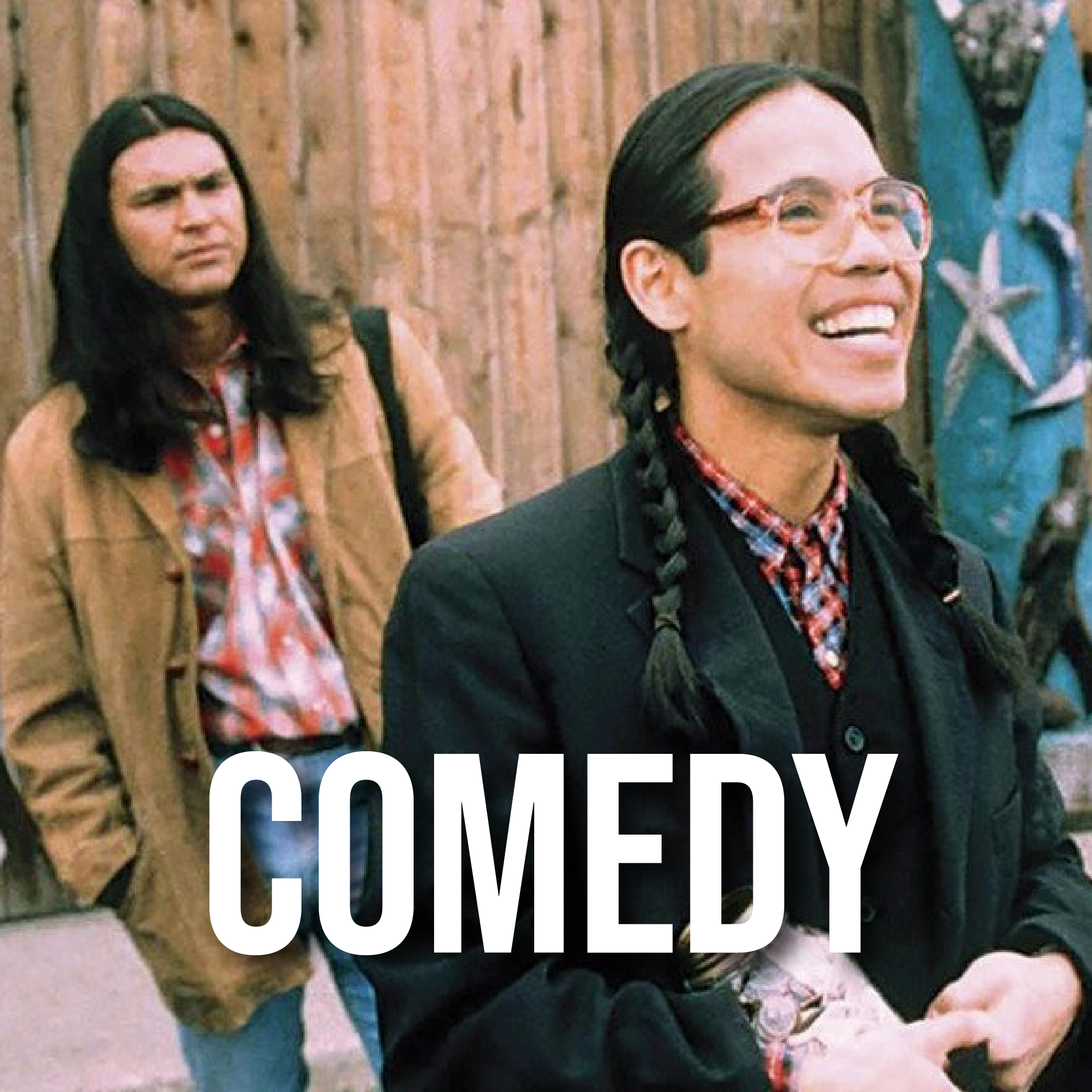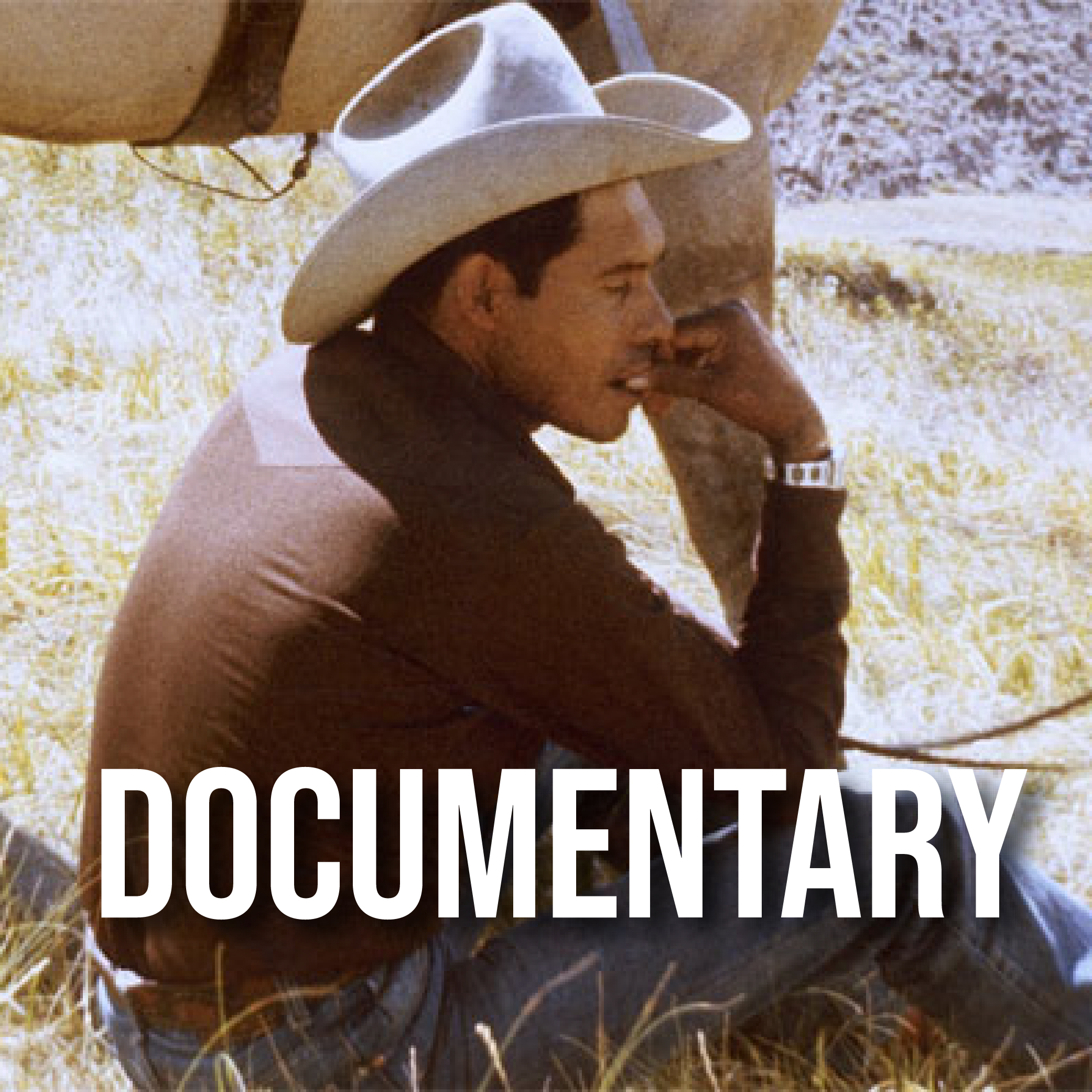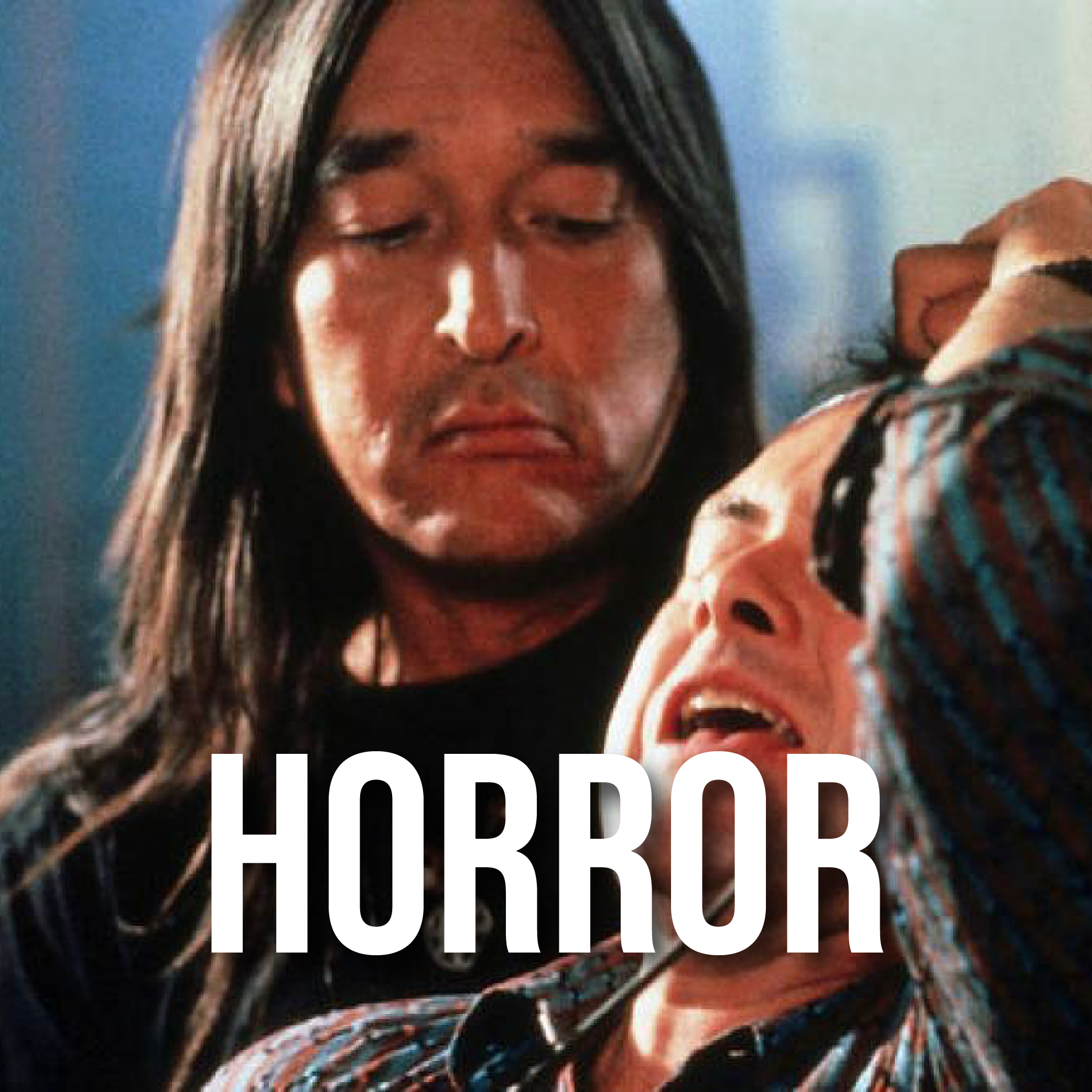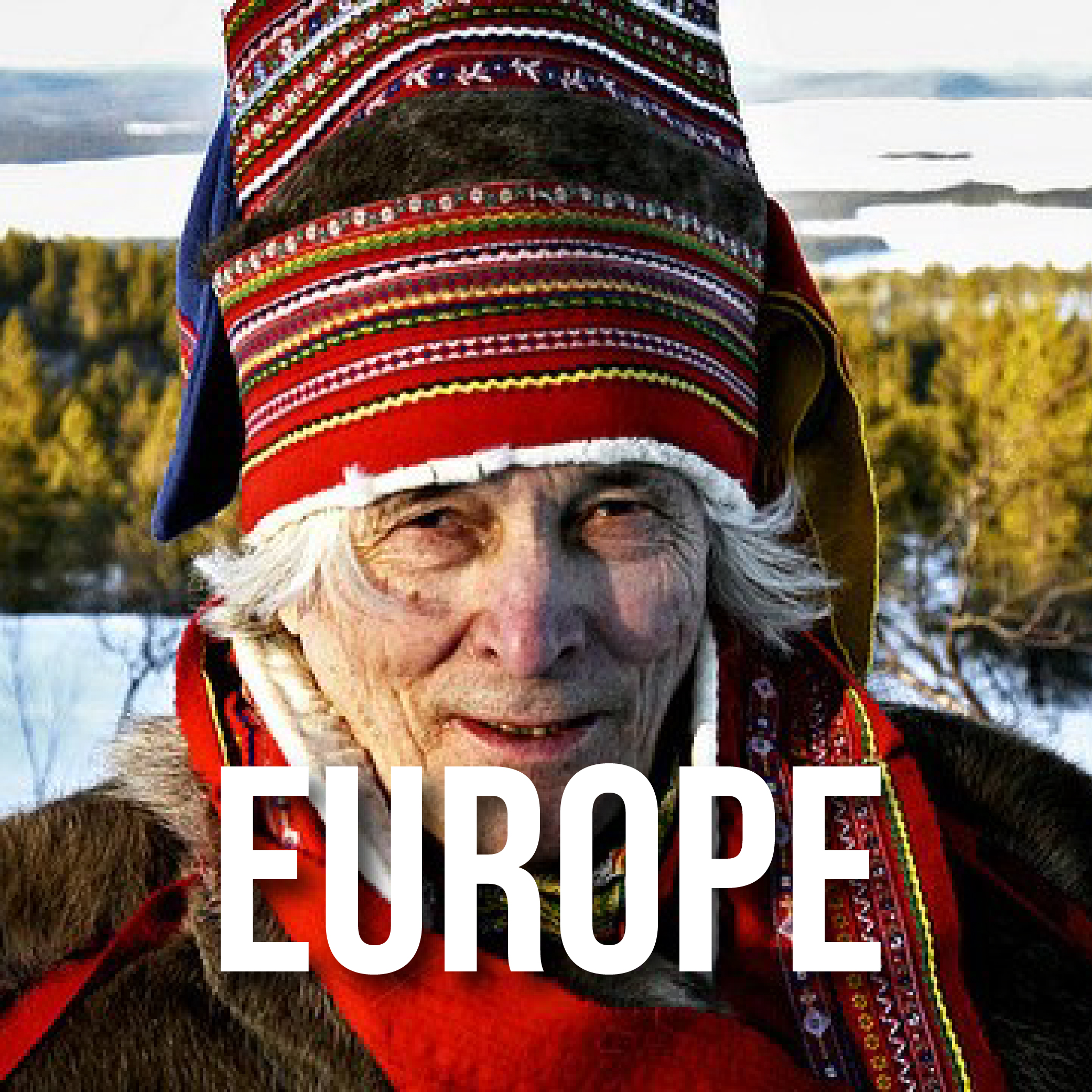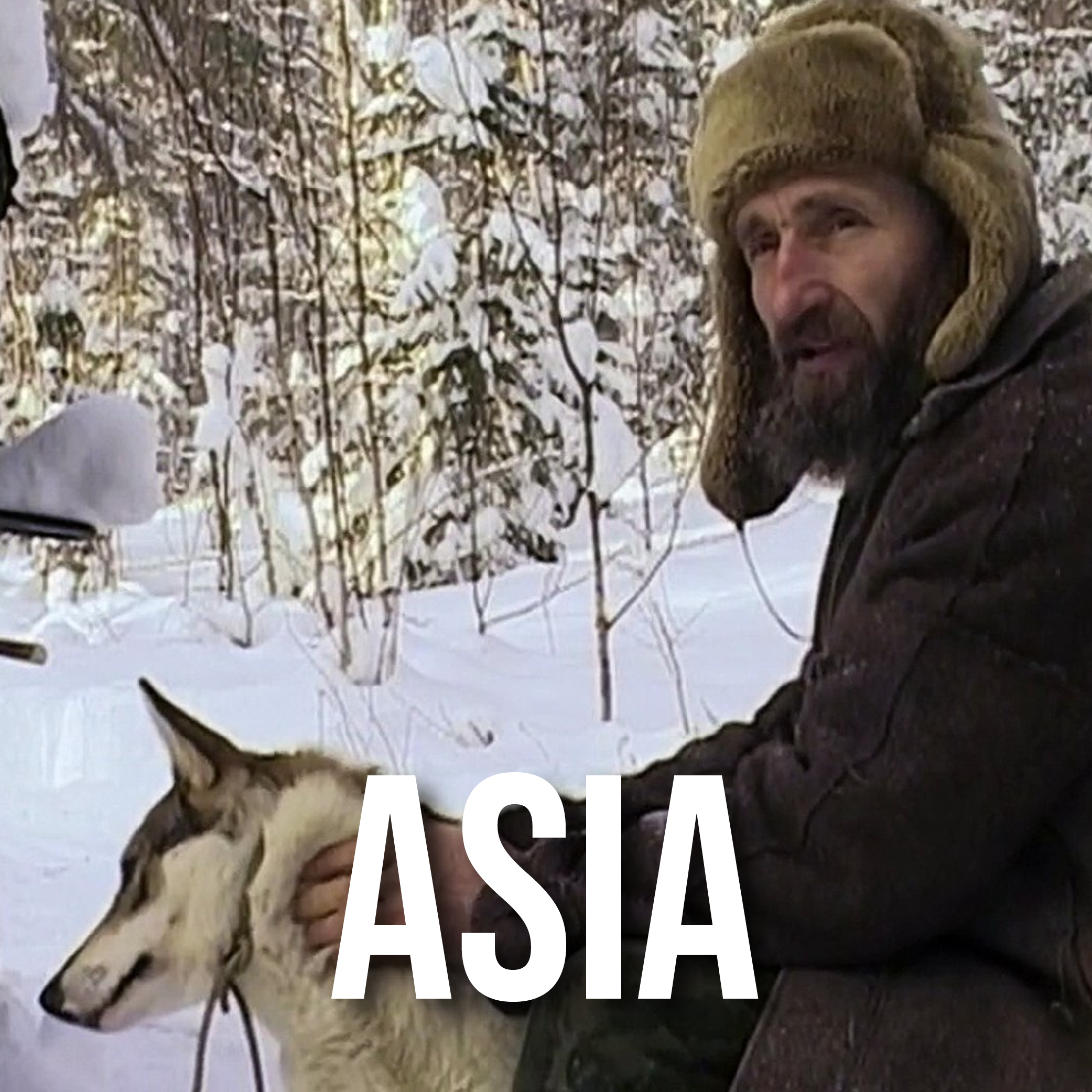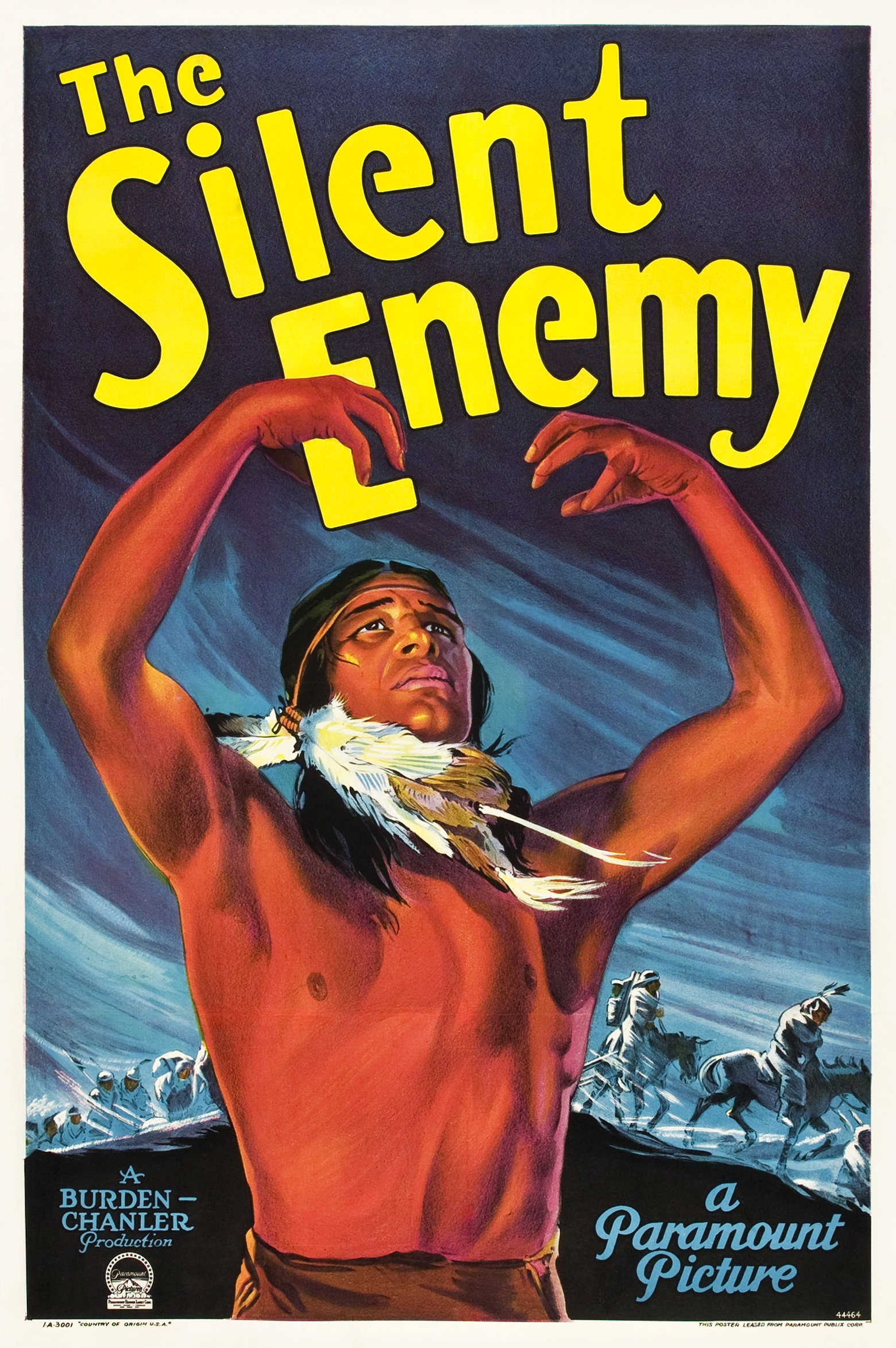INDIGENOUS FILM ARCHIVE
Indigenous Film Archive is a living register of Indigenous films. In its current iteration, it showcases Indigenous films made from 1894 to 2010 currently streaming.
ABOUT INDIGENOUS FILM ARCHIVE
Indigenous Film Archive celebrates the rich, abundant history of Indigenous cinema. We are an evolving archive dedicated to making historically and culturally significant films made from 1894 to 2010 about Indigenous people accessible through a streaming guide with cultural context.
All Films ︎︎︎
Sign up for monthly newsletter ︎︎︎
Shop Indigenous Film Archive Merch ︎︎︎
(Coming Winter 2024)LETTER FROM THE CREATOR
Edward S. Curtis: The Controversial Lens on Indigenous America
Justin Langan | November 14, 2024
The history of Indigenous depiction in early photography and film is complex, with Edward S. Curtis being a notable figure in this discourse. In contrast to Indigenous pioneers like James Young Deer, who endeavoured to portray Indigenous culture authentically, Curtis occupies a distinct and more contentious position as a non-Indigenous photographer and ethnographer. His art continues to be a subject of intrigue and debate in conversations around cultural representation.
Edward S. Curtis, born in 1868, is renowned for his grandiose endeavour, "The North American Indian," a compilation of pictures and ethnographic records intended to portray Indigenous peoples' lives, traditions, and cultures throughout North America. Curtis's oeuvre extended over three decades, yielding an extraordinary 20 volumes of pictures and associated texts, culminating in what is widely regarded as an unparalleled collection of Indigenous iconography.
Curtis's methodology for chronicling Indigenous existence was, in numerous respects, innovative. His work is frequently lauded for its extensive breadth and superior craftsmanship, depicting Indigenous issues with an artistic elegance seldom granted by modern Western artists. Curtis aimed to express the profundity and nobility of Indigenous cultures, frequently during an era when stereotypes and detrimental assumptions prevailed in media representations. His photography, emphasizing lighting, composition, and detail, conferred dignity upon Indigenous individuals, contesting the dismissive and frequently negative portrayals prevalent in the early 20th century.
Nonetheless, the legacy of Edward S. Curtis is not devoid of its complexities. Critics contend that his photos, while visually compelling, inadequately represent the realities of Indigenous living and frequently perpetuate an idealized "vanishing race" myth. Curtis often arranged his subjects, urging them to don traditional attire despite its obsolescence in everyday life. In certain cases, he eliminated items such as watches or other indicators of modern existence to elicit a more "genuine" Indigenous aesthetic. This methodology prompts ethical inquiries regarding authenticity and the autonomy of his subjects since Curtis was constructing a portrayal of Indigenous existence that aligned with his idealized narrative rather than reflecting an objective reality.
![]()
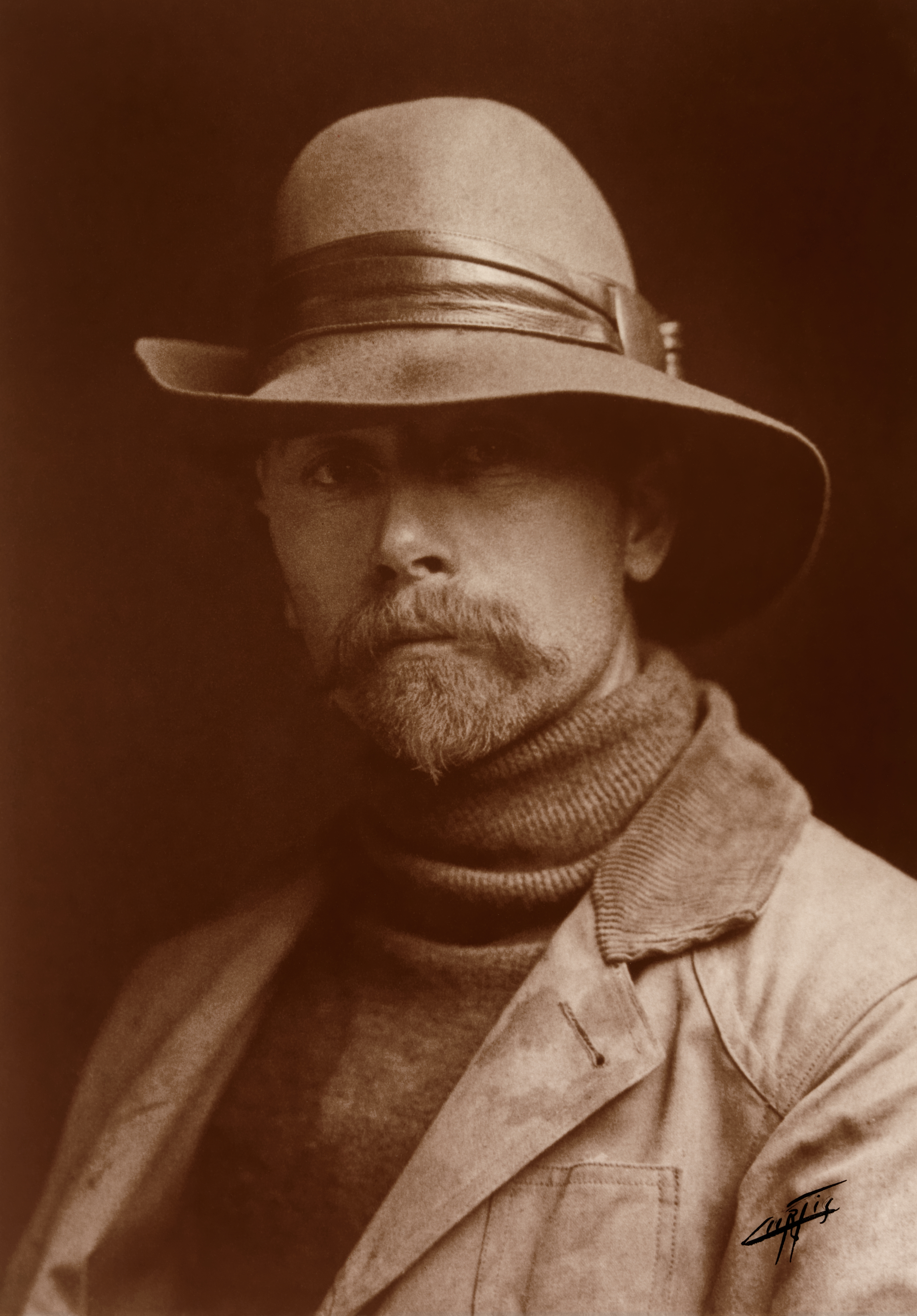
Edward S. Curtis
A self-portrait of a controversial figure.
A self-portrait of a controversial figure.
Notwithstanding these concerns, Curtis's work unequivocally enhanced the visibility of Indigenous cultures during an era when such representation was scarce. His works documented traditions, rites, and individual portraits that have, in certain respects, safeguarded cultural elements that may otherwise have diminished from collective memory. For numerous Indigenous communities today, Curtis's images serve as historical documentation and poignant reminders of a period characterized by cultural appropriation and the imposition of an external viewpoint on Indigenous identity.
![]()
Edward S. Curtis's legacy exemplifies the dual nature of cultural documentation. Although his images are aesthetically pleasing and provide significant insights into Indigenous life, they also demonstrate the potential detriment that can occur when representation is governed by individuals external to the depicted culture. Curtis's work persists in shaping the dialogue on Indigenous representation, emphasizing the significance of Indigenous voices in the creation, preservation, and dissemination of their narratives.
Read More ︎︎︎

Edward S. Curtis's legacy exemplifies the dual nature of cultural documentation. Although his images are aesthetically pleasing and provide significant insights into Indigenous life, they also demonstrate the potential detriment that can occur when representation is governed by individuals external to the depicted culture. Curtis's work persists in shaping the dialogue on Indigenous representation, emphasizing the significance of Indigenous voices in the creation, preservation, and dissemination of their narratives.
Read More ︎︎︎
Sign Up for the Newsletter ︎︎︎
HOW DOES INDIGENOUS FILM ARCHIVE DEFINE AN INDIGENOUS FILM?
The films collected on Indigenous Film Archive have something significant to say about the Indigenous experience; speak to Indigenous audiences; and/or have an Indigenous star, writer, producer, or director. This criterion for selection is as broad and inclusive as possible, allowing the site to cover the widest range of what an Indigenous film can be.
The films listed here should be considered in conversation with each other, as visions of Indigenous being on film across time. They express what only film can: social, anthropological, and aesthetic looks at the changing face of Indigenous expression (or white attitudes about Indigenous expression, which are inescapable given the whiteness of decision-makers in the film industry).



